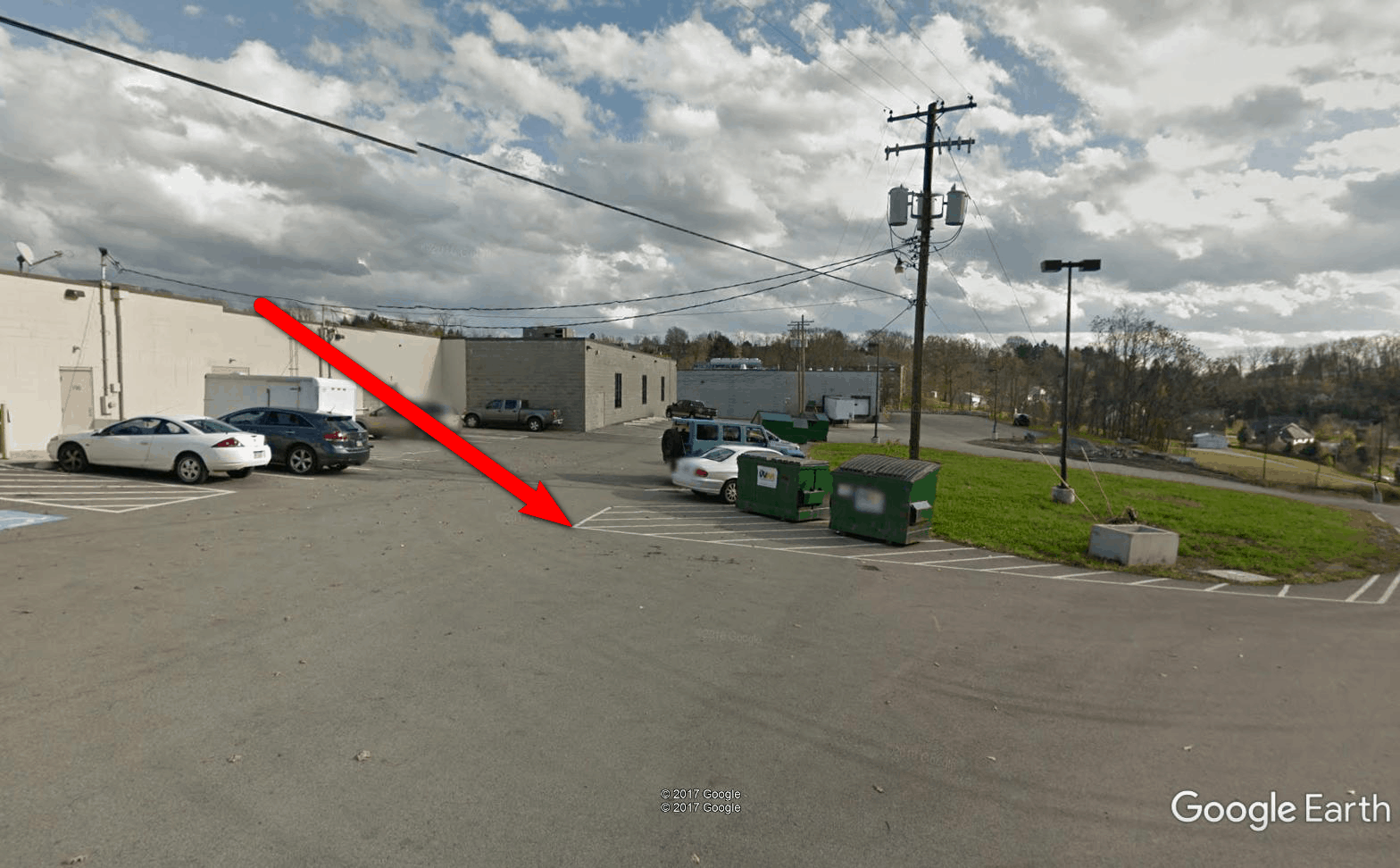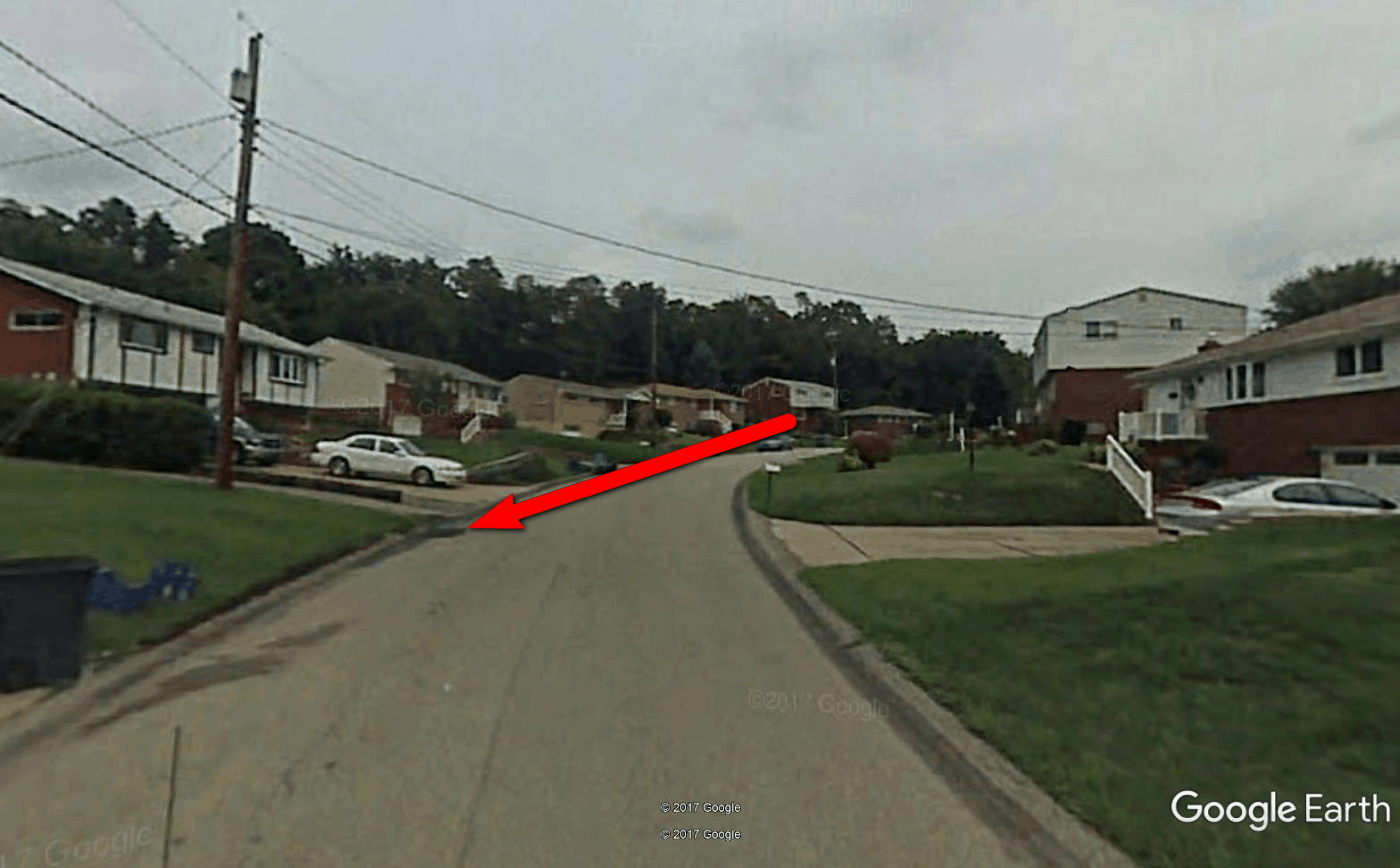There has been some discussions about RTK "repeatability" lately.
I was importing some data from Matt's i80 on one of our ongoing projects this morning, and thought that I would post some of the results. Matt has been using the SAME RTK Base for most of the work on this project, and when he drives by a particular "control point" (that we have yet to use), he usually stops and gets a quick RTK shot on it as a check on his BASE setup (located about 1750 ft. away).
This data spans nearly a year, and includes ALL of his shots (it has NOT been cherry picked).
All units are US Feet.
09/26/16 508401.4897 22339.2482 8892.4473 CP JUNC
09/26/16 508401.4947 22339.2634 8892.4439 CP JUNC
09/26/16 508401.4976 22339.2564 8892.4456 CP JUNC
09/28/16 508401.4638 22339.2498 8892.5333 CP JUNC
09/30/16 508401.5023 22339.2452 8892.5446 CP JUNC
10/01/16 508401.5026 22339.2907 8892.5516 CP JUNC
10/04/16 508401.4627 22339.3015 8892.4874 CP JUNC
10/05/16 508401.4721 22339.2797 8892.5258 CP JUNC
10/10/16 508401.4597 22339.2416 8892.5654 CP JUNC
08/28/17 508401.4583 22339.2968 8892.4876 CP JUNC
08/28/17 508401.4688 22339.2809 8892.4839 CP JUNC
08/29/17 508401.4398 22339.2803 8892.5335 CP JUNC
09/04/17 508401.4213 22339.2691 8892.5317 CP JUNC
09/10/17 508401.4578 22339.2255 8892.5198 CP JUNC
09/11/17 508401.4557 22339.2474 8892.5621 CP JUNC
09/13/17 508401.4457 22339.2764 8892.5112 CP JUNC
09/16/17 508401.4959 22339.2504 8892.5052 CP JUNC
09/17/17 508401.4489 22339.2937 8892.5211 CP JUNC
---------------------------------------------------
508401.469 22339.267 8892.511 Mean
0.0813 0.0760 0.1182 Peak-Peak
Pretty much what I have come to expect over the years.
Loyal
About what I would expect as well, thanks for sharing.
8900'-not in the valley;)
MightyMoe, post: 447442, member: 700 wrote: 8900'-not in the valley;)
Well, not exactly.
It's in an area known as Bonanza Flats, and is pretty much at the "bottom" of the Project (which gets up to 10,721 NAVD88).
Loyal
I was looking at those co-ords and thinking they were in meters and thinking to myself "damn that's not good" Then I re-read and saw they were in feet and said to myself "that's pretty damn good". The worse I have seen is 3cm which would be roughly 0.01 feet. Most of the time, in nice open gps friendly conditions, I see a spread of 1cm. Today I check out a job I did last year, roughly around the same time, septemberish, and I got a 3mm check to a control monument, 5mm check to my control nail and 0mm to an SM I located then.
Life is good.
Mike Mac, post: 447446, member: 2901 wrote: 3cm which would be roughly 0.01
Someone has to be that guy so I'll go ahead - 3cm is roughly 0.10'. 0.01' is roughly 3mm.
I have been disillusioned recently by the poor repeatability of VRS (one in particular). Pretty open sites, shots taken at different times of day.Our specs said 0.03 m H and V or re-observe. We had an inordinate amount of points that needed 3 or 4 occupations. This was for a relatively small area, linear highway project. Pretty much decided to go with local base RTK on similar projects
Loyal, post: 447439, member: 228 wrote: he usually stops and gets a quick RTK shot
What constitutes a quick shot? I usually see a tighter spread using 3-minute observations.
I could probably add up the elevations for all of the GPS shots I took within the past year and not get 8,900 ft lol
I agree. "Repeatability" is real and possible. Here is a report I prepared in Feb. 2015:
02/05/2015 D. Tlusty
Coordinates for some PLSS corners that fall on Hwy 64, west of Antigo,
in T31N, R09E that happened to be observed by two different surveyors
in July and August, 2014 prior to a road destruction project.
Two different surveyors, two different network rovers, different field
procedures, different data collectors and software, on different days
observing the same physical monument in the road, while the road remained
open to traffic and we see minimal coordinate differences.
The line with point number and description are from three 30 second RTK
GNSS observations (averaged) with a CHC X90 network rover. The values immediately below
(without pno and desc) are from RTK GNSS observations with a newer model
Trimble network rover, field observation sequence unknown.
Langlade County Coordinates, NAD83(2011) datum
6, 343410.4308,549719.4378,swx 193109
343410.4250,549719.4210
343410.444 ,549719.407
Point number 6 above is on the Lincoln-Langlade county line.
The 3rd set of coordinates are derived from Lincoln NAD83(91)
values converted to Langlade coordinates using Wiscon.
56
343473.0095,551732.4325,sQC 193109
343473.0003,551732.4340
183
343179.2308,554974.4171,swx 203109
343179.2700,554974.4150
173
342897.2346,557526.9320,sqc 203109
342897.2360,557526.8990,
153
342939.0633,560134.0426,swx 213109
342939.0430,560134.0190
123
342904.5110,562772.1640,sqc 213109
342904.4970,562772.1730,
103
342870.0323,565410.3963,swx 223109
342870.030 ,565410.428
193
342847.3041,568119.9298,sqc 223109
342847.281 ,568119.968
70
342822.3508,570829.5616,swx 233109
342822.348 ,570829.582
50
342473.5509,576265.9404,swx 243109
342473.562 ,576265.912
93
342847.3041,568119.9298,swx 193110
342847.281, 568119.963
Loyal, post: 447439, member: 228 wrote: There has been some discussions about RTK "repeatability" lately.
I was importing some data from Matt's i80 on one of our ongoing projects this morning, and thought that I would post some of the results. Matt has been using the SAME RTK Base for most of the work on this project, and when he drives by a particular "control point" (that we have yet to use), he usually stops and gets a quick RTK shot on it as a check on his BASE setup (located about 1750 ft. away).
This data spans nearly a year, and includes ALL of his shots (it has NOT been cherry picked).
All units are US Feet.
09/26/16 508401.4897 22339.2482 8892.4473 CP JUNC
09/26/16 508401.4947 22339.2634 8892.4439 CP JUNC
09/26/16 508401.4976 22339.2564 8892.4456 CP JUNC
09/28/16 508401.4638 22339.2498 8892.5333 CP JUNC
09/30/16 508401.5023 22339.2452 8892.5446 CP JUNC
10/01/16 508401.5026 22339.2907 8892.5516 CP JUNC
10/04/16 508401.4627 22339.3015 8892.4874 CP JUNC
10/05/16 508401.4721 22339.2797 8892.5258 CP JUNC
10/10/16 508401.4597 22339.2416 8892.5654 CP JUNC
08/28/17 508401.4583 22339.2968 8892.4876 CP JUNC
08/28/17 508401.4688 22339.2809 8892.4839 CP JUNC
08/29/17 508401.4398 22339.2803 8892.5335 CP JUNC
09/04/17 508401.4213 22339.2691 8892.5317 CP JUNC
09/10/17 508401.4578 22339.2255 8892.5198 CP JUNC
09/11/17 508401.4557 22339.2474 8892.5621 CP JUNC
09/13/17 508401.4457 22339.2764 8892.5112 CP JUNC
09/16/17 508401.4959 22339.2504 8892.5052 CP JUNC
09/17/17 508401.4489 22339.2937 8892.5211 CP JUNC
---------------------------------------------------
508401.469 22339.267 8892.511 Mean
0.0813 0.0760 0.1182 Peak-PeakPretty much what I have come to expect over the years.
Loyal
We follow a very similar procedure using a CORS as a base station and see very similar results.
I'm guessing these are "sanity" checks; checking the set up at the base, HI, correct pt#, no one has picked up and shifted the base point,,,,,,,,,,all the many things that happen out there.
3 minutes+ observed control shots, usually separated by 3 hours or more of sidereal time.
The dealer rep's explanation was that they lost a GPS/Glonass CORS in that area, and now have only GPS. I do not believe that is a factor. GPS should work just fine, maybe a little longer to init or better coverage in areas with obstructions.
One thing I suspect may be a factor is heightened solar activity. I haven't looked into it much, but I do know that we are not at a peak right now.
Here are a few examples, as you can see neither point is really bad for multipath.
GMST/Ellip H (m)
07:38:25 317.074
11:32:26 317.042
10:42:23 317.081
09:55:38 317.110
10:01:39 317.143
and another one...
GMST/Ellip H
04:34:37 308.163
06:23:16 308.175
10:33:24 308.197
11:20:35 308.216
11:24:01 308.229
09:20:07 308.175
09:24:08 308.221
I had trouble with NRTK and our old ATX1230's. Not so much repeatability but the fact that the verticals did not match static derived values. It seems to be mute point with newer receivers. I'm not sure if it had to do with Leica's null antenna or the service itself. They had found that they were double correcting the ARP / phase center offsets a couple of times.
The standard deviations of Loyal's data is 0.02 0.02 0.04.





